Tag: horse
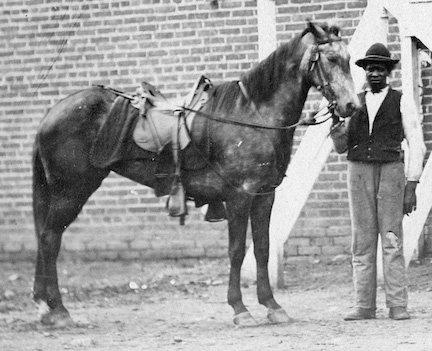 Wikipedia says: The first evidence of horses in warfare dates from Eurasia between 4000 and 3000 BC. A Sumerian illustration of warfare from 2500 BC depicts some type of equine pulling wagons. By 1600 BC, improved harness and chariot designs made chariot warfare common throughout the Ancient Near East, and the earliest written training manual for war horses was a guide for training chariot horses written about 1350 BC. As formal cavalry tactics replaced the chariot, so did new training methods, and by 360 BC, the Greek cavalry officer Xenophon had written an extensive treatise on horsemanship. The effectiveness of horses in battle was also revolutionized by improvements in technology, such as the invention of the saddle, the stirrup, and the horse collar.
Wikipedia says: The first evidence of horses in warfare dates from Eurasia between 4000 and 3000 BC. A Sumerian illustration of warfare from 2500 BC depicts some type of equine pulling wagons. By 1600 BC, improved harness and chariot designs made chariot warfare common throughout the Ancient Near East, and the earliest written training manual for war horses was a guide for training chariot horses written about 1350 BC. As formal cavalry tactics replaced the chariot, so did new training methods, and by 360 BC, the Greek cavalry officer Xenophon had written an extensive treatise on horsemanship. The effectiveness of horses in battle was also revolutionized by improvements in technology, such as the invention of the saddle, the stirrup, and the horse collar.
Many different types and sizes of horse were used in war, depending on the form of warfare. The type used varied with whether the horse was being ridden or driven, and whether they were being used for reconnaissance, cavalry charges, raiding, communication, or supply. Throughout history, mules and donkeys as well as horses played a crucial role in providing support to armies in the field.
Horses were well suited to the warfare tactics of the nomadic cultures from the steppes of Central Asia. Several cultures in East Asia made extensive use of cavalry and chariots. Muslim warriors relied upon light cavalry in their campaigns throughout Northern Africa, Asia, and Europe beginning in the 7th and 8th centuries AD. Europeans used several types of war horses in the Middle Ages, and the best-known heavy cavalry warrior of the period was the armoured knight. With the decline of the knight and rise of gunpowder in warfare, light cavalry again rose to prominence, used in both European warfare and in the conquest of the Americas. Battle cavalry developed to take on a multitude of roles in the late 18th century and early 19th century and was often crucial for victory in the Napoleonic Wars. In the Americas, the use of horses and development of mounted warfare tactics were learned by several tribes of indigenous people and in turn, highly mobile horse regiments were critical in the American Civil War.
…During the American Civil War (1861–1865), cavalry held the most important and respected role it would ever hold in the American military. Field artillery in the American Civil War was also highly mobile. Both horses and mules pulled the guns, though only horses were used on the battlefield. At the beginning of the war, most of the experienced cavalry officers were from the South and thus joined the Confederacy, leading to the Confederate Army’s initial battlefield superiority. The tide turned at the 1863 Battle of Brandy Station, part of the Gettysburg campaign, where the Union cavalry, in the largest cavalry battle ever fought on the American continent, ended the dominance of the South. By 1865, Union cavalry were decisive in achieving victory. So important were horses to individual soldiers that the surrender terms at Appomattox allowed every Confederate cavalryman to take his horse home with him. This was because, unlike their Union counterparts, Confederate cavalrymen provided their own horses for service instead of drawing them from the government.
Showing 1–16 of 1118 resultsSorted by latest
-
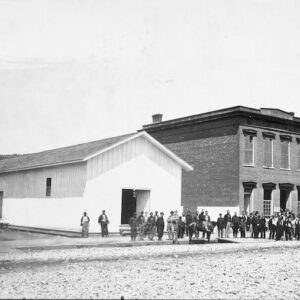
Image ID: AZOM
$1.99 -
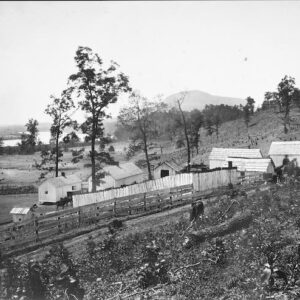
Image ID: AZON
$2.99 -
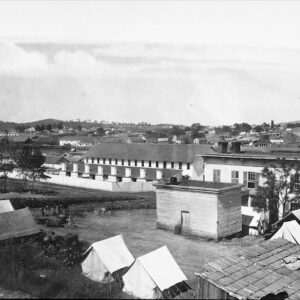
Image ID: AZOO
$1.99 -
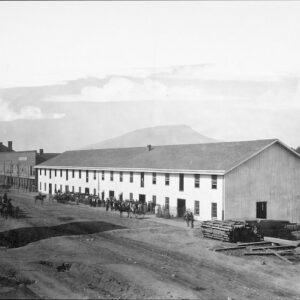
Image ID: AZOQ
$1.99 -
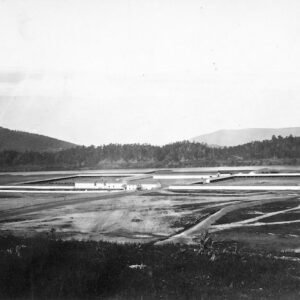
Image ID: AZOV
$1.99 -
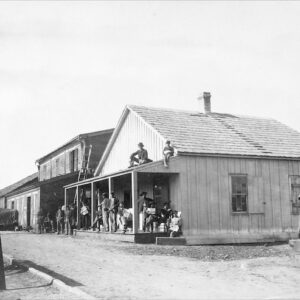
Image ID: AZOW
$1.99 -
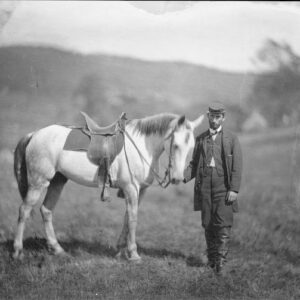
Image ID: AZPC
$3.99 -
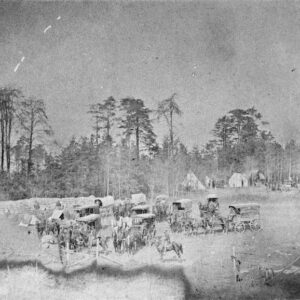
Image ID: AZPD
$5.99 -
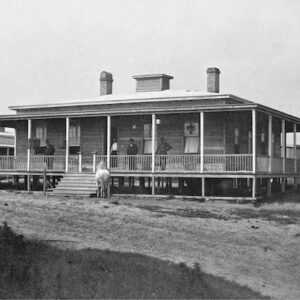
Image ID: AZLP
$1.99 -
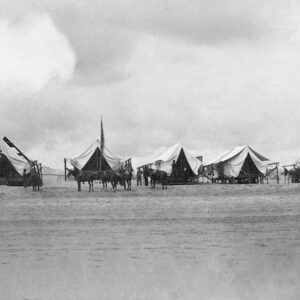
Image ID: AZLV
$0.99 -
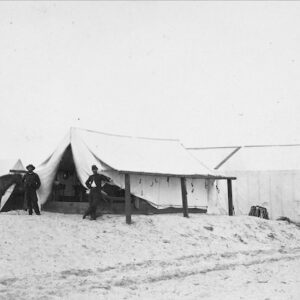
Image ID: AZLW
$0.99 -
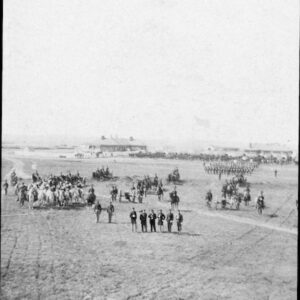
Image ID: AZML
$0.99 -
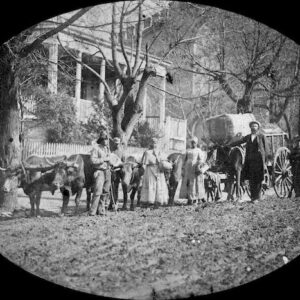
Image ID: AZMN
$2.99 -
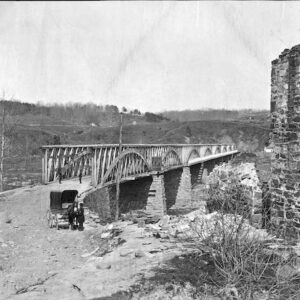
Image ID: AZMT
$3.99 -
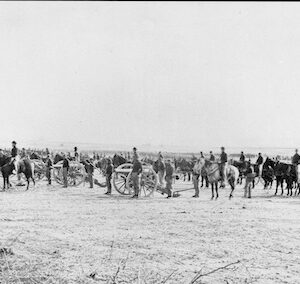
Image ID: AZMU
$1.99 -
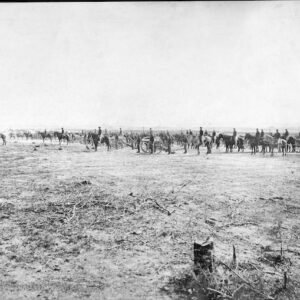
Image ID: AZMV
$3.99